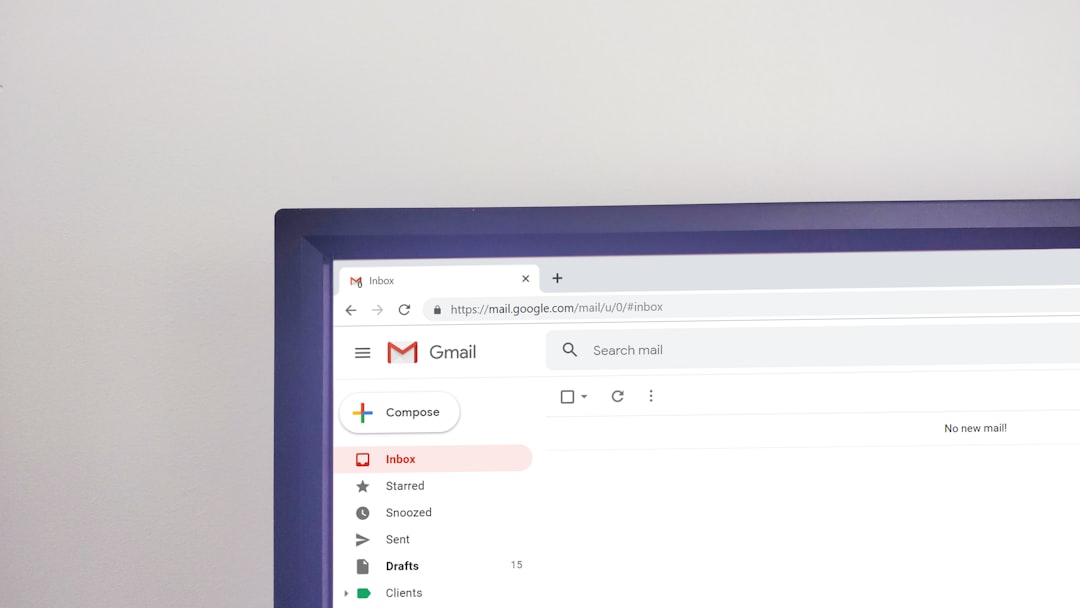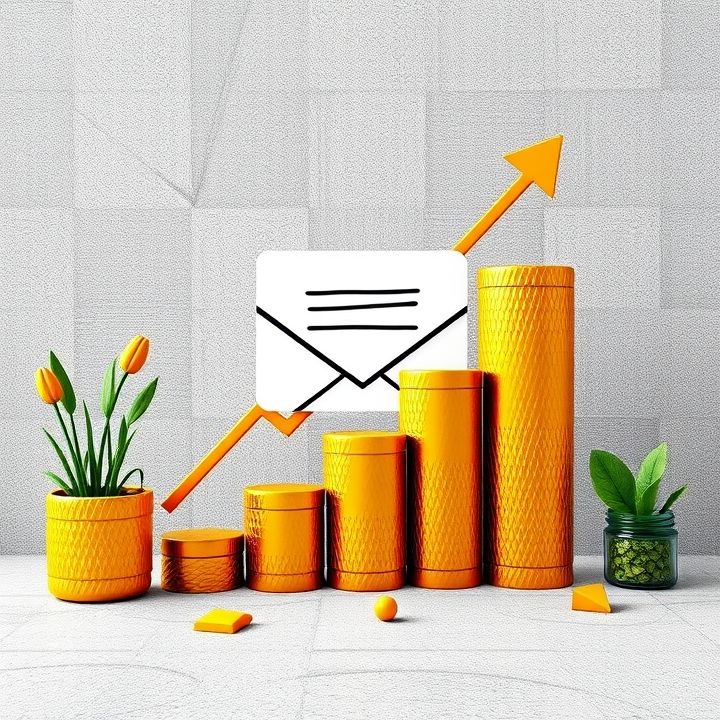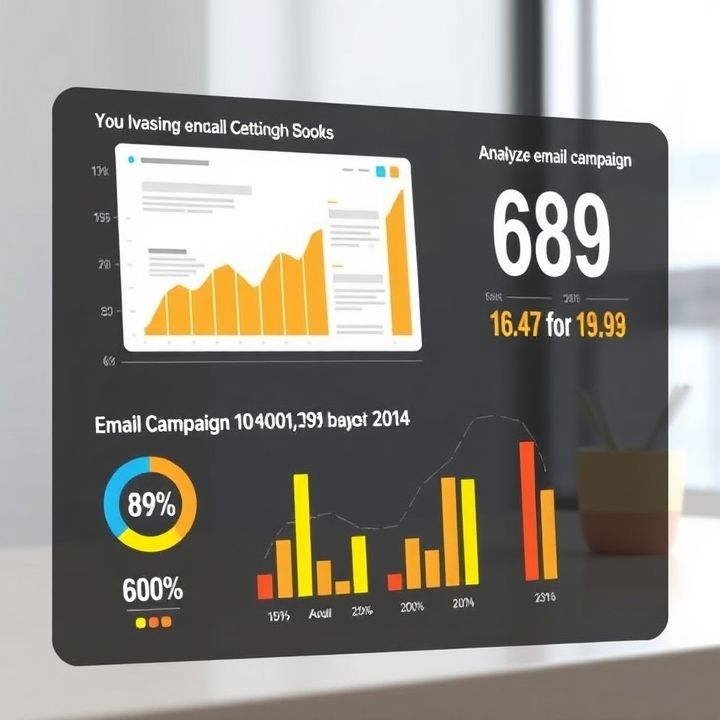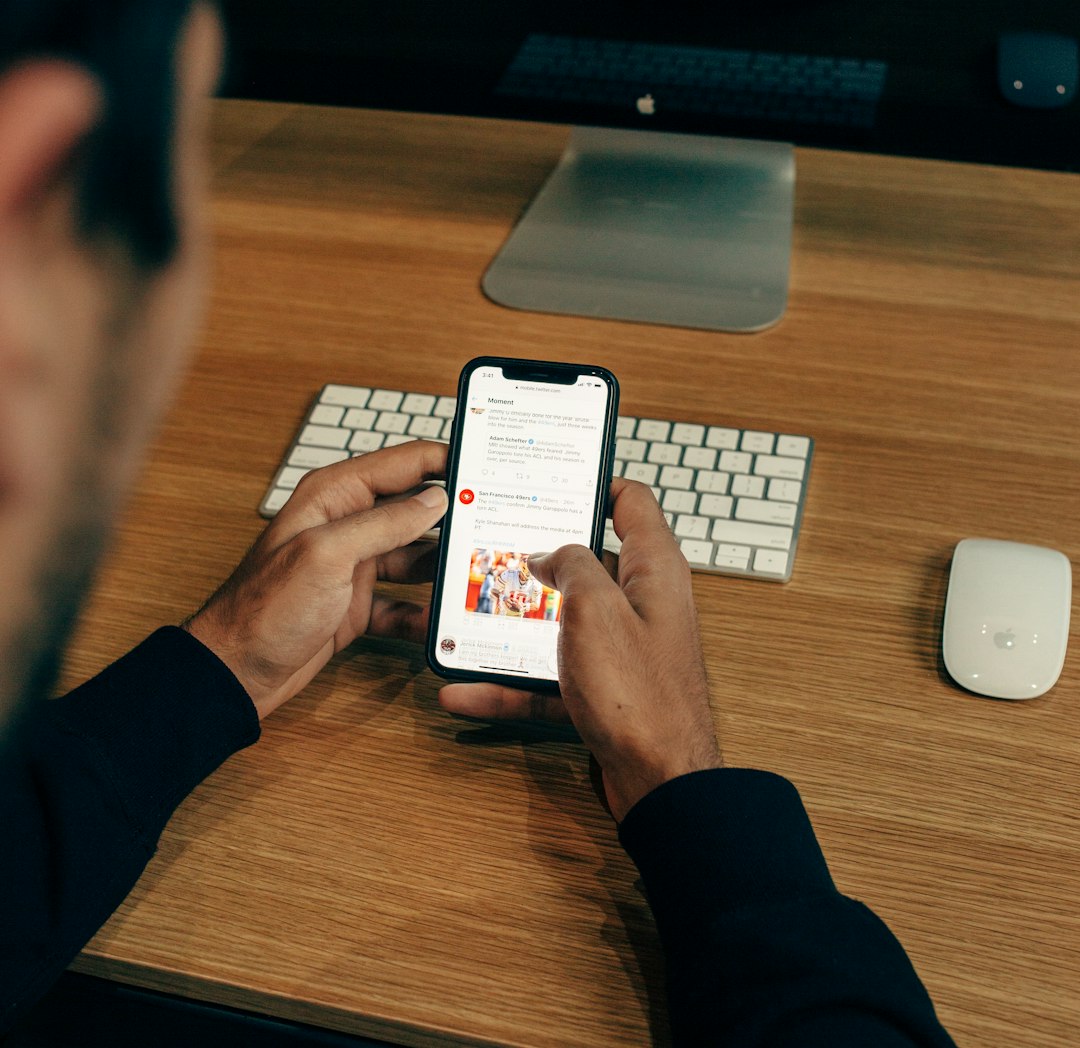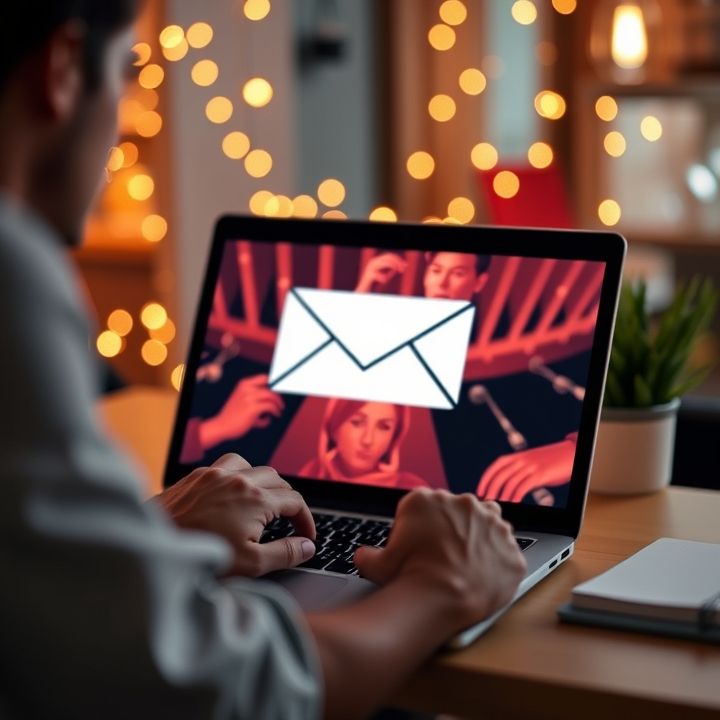Table of Contents
- Introduction
- Crafting a Clear and Concise Subject Line
- Personalizing the Content for the Recipient
- Providing Valuable and Relevant Information
- Maintaining Consistency in Tone and Style
- Integrating Social Proof and Testimonials
- Conclusion
- Frequently Asked Questions
Introduction
In a world where digital communication reigns supreme, how can you ensure that each email you send builds unbreakable trust and credibility? 🚀 Welcome to the ultimate guide to mastering the art of email communication! With every click on ‘send,’ you’re not just delivering a message—you’re crafting your professional persona, establishing your brand, and building relationships that last. But how does one email stand out in a sea of inbox notifications?
Below is a quick overview table of what you’ll discover in this article:
| Key Focus | What You’ll Learn |
|---|---|
| Email Psychology | The science of trust and how to harness it |
| Crafting Compelling Subject Lines | Tips to ensure your emails get opened |
| Content Techniques | Strategies to maintain engagement from the first word to the last |
Imagine having the power to influence and inspire with every email you compose. Ready to unlock these secrets? Let’s dive into the world where words truly mean business!
Crafting a Clear and Concise Subject Line
Crafting a clear and concise subject line is crucial in building trust and credibility through your email communications. A well-thought-out subject line acts as the first impression, capturing the recipient’s attention and setting the stage for the content that follows. To begin with, clarity is key. Ensure that the subject line accurately reflects the email’s content, so recipients know what to expect. This transparency helps establish trust as it shows respect for the reader’s time and attention.
Conciseness is equally important. A subject line that is too long can be cut off, leading to misinterpretation or confusion. Aim to communicate the main idea in a few words, ideally between 5-8 words. Highlighting the benefit or purpose in this brief space can pique interest and encourage engagement. Furthermore, using action-oriented language can create a sense of urgency or importance, prompting recipients to open the email promptly.
Additionally, personalizing the subject line can make the recipient feel valued, increasing the chances of your email being opened and read. Personalization can be as simple as including the recipient’s name or mentioning their specific interests. Overall, a clear and concise subject line is essential in making your email communications effective and trustworthy.
Personalizing the Content for the Recipient
Personalizing email content for the recipient is a crucial strategy in building trust and credibility. By tailoring messages to fit the individual needs and preferences of each recipient, you not only demonstrate an understanding of their interests but also foster a sense of connection and engagement. This approach begins with addressing the recipient by their name, providing a sense of familiarity right from the start. Additionally, incorporating elements that reflect their recent interactions or past purchases can make your emails feel more relevant and tailored to them. Such personalized touches can significantly enhance the recipient’s experience by making them feel valued and understood.
Moreover, segmenting your email list based on demographics, behaviors, or preferences allows you to send more targeted content. This ensures that recipients are receiving information that is pertinent to their unique circumstances, thereby increasing the likelihood of engagement. Personalization also involves using a tone and language that resonates with the recipient, which might vary based on the relationship you have with them and their level of familiarity with your brand. Ultimately, personalized content not only improves the effectiveness of email communications but also builds a foundation of trust and credibility with your audience.
Providing Valuable and Relevant Information
Providing valuable and relevant information in your email communications is a cornerstone strategy for building trust and credibility with your audience. The key is to put the recipient’s needs and interests at the forefront of your content. Start by thoroughly understanding your audience’s preferences, challenges, and expectations. Tailor your content to address these elements by delivering insightful, actionable information that they can’t easily find elsewhere. For instance, industry-specific insights, detailed how-to guides, or data-driven updates can offer immense value.
Ensuring your emails are personalized can also significantly enhance relevance. Utilize recipients’ names and reference past interactions to create a connection. Furthermore, segment your email lists so that content is as relevant as possible for distinct groups within your audience.
Lastly, consistency in delivering high-quality content not only positions you as an authority in your field but also keeps your audience engaged. Each email should contribute to building a narrative of reliability and expertise over time. By consistently offering valuable and pertinent content, you not only nurture trust but also foster a credible online presence that encourages recipients to seek your emails as a respected source of information.
Maintaining Consistency in Tone and Style
Maintaining consistency in tone and style in your email communications is a crucial strategy for building trust and credibility. Whether you’re communicating with colleagues, clients, or partners, a uniform approach ensures your messages are both professional and relatable. Consistency in tone helps set clear expectations about your brand’s personality, making your communications more easily recognizable and reliable. This means if your brand is casual and friendly, your emails should reflect this style, creating a sense of familiarity and trust among your audience.
Furthermore, a consistent style in email communications involves using the same fonts, colors, and formatting across all messages. Such visual consistency reinforces your brand identity and makes your emails more visually appealing and memorable. Additionally, ensure that your message’s content aligns with your brand values and core messaging, and avoid making conflicting statements or taking drastically different approaches in communication as this may confuse your audience.
By maintaining a coherent tone and style, you not only foster trust, but also establish a strong brand voice that resonates with your audience. This leads to improved engagement, better responses, and a more loyal customer base, ultimately strengthening your overall brand credibility.
Integrating Social Proof and Testimonials
Integrating social proof and testimonials into your email communication strategy can significantly bolster trust and credibility with your audience. Social proof refers to the influence that the actions and attitudes of the masses can have on an individual’s behavior. By showcasing experiences and endorsements from existing customers, you communicate reliability and value to prospective clients.
Incorporating testimonials in your emails is a powerful way to demonstrate authenticity and effectiveness. Quotes from satisfied customers or endorsements from reputable figures can provide potential clients with the assurance they need to make a decision in your favor. When choosing testimonials to include, select those that are most relevant and relatable to your target audience to ensure maximum impact.
Moreover, consider including statistics and case studies that highlight your achievements and the success stories of your customers. Numbers can speak louder than words, and providing quantifiable results can further enhance credibility. Using recognizable logos of partners and clients you’ve worked with can also serve as visual proof of your credentials.
Ultimately, integrating social proof is about making your communications more relatable and trustworthy, thus encouraging engagement and fostering lasting relationships with your audience.
Conclusion
In essence, mastering the art of building trust and credibility through email is a multifaceted process, but tremendously rewarding. Each aspect, from crafting attention-grabbing subject lines to integrating social proof, plays a crucial role in shaping the recipient’s perception of your brand. Personalization remains at the heart of this endeavor, ensuring your communications resonate on a personal level and meet the specific needs and interests of your audience. Additionally, delivering valuable content consistently not only cements your status as a reliable source of information but also fosters long-lasting relationships built on trust. Maintaining a consistent tone and style further enhances your brand’s identity, ensuring that each email is a recognizably credible extension of your organization. Finally, leveraging social proof adds a layer of authenticity, backing your claims with the validation of satisfied customers. By combining these elements thoughtfully, you can craft emails that not only engage and inform but also build an unbreakable trust with your audience, paving the way for ongoing success and growth.




